New South Wales Environment Minister Penny Sharpe said, ‘The creation of the Great Koala National Park is essential to saving koalas from extinction in New South Wales.’
But koalas are in absolutely no danger of extinction. There are many more koalas across a much wider area than there were when the First Fleet arrived in Sydney. Their essential food is tender young shoots – a rare commodity in healthy mature eucalypt forests. Koala browse has increased dramatically since Europeans arrived. More than ever in the massive flush of soft growth after the Black Summer megafires.
It was 15 years before Europeans even saw a koala. They’d heard about them in 1798 from an escaped convict who’d lived with Aborigines. Francis Barrallier’s Aboriginal guide Gory got a sample of two feet for a very high price in 1802. He exchanged two spears and a tomahawk for the cheapest cuts. Finally, in 1803, another Aboriginal man was paid to catch one which was brought into town. The first ecological observation of a koala recorded that it was ‘excessively nice’ in its choice of foliage.
Koalas bred up in the dense young forests that grew after Aboriginal burning was disrupted. The first outbreak occurred during the 1830s in the foothills of the Blue Mountains. Assistant Surveyor Govett, as in Govett’s Leap, reported new Aboriginal technology developed to harvest the newly abundant tucker. A stringybark noose on the end of a cut sapling was twisted around a koala’s neck to drag it out of its tree.
After pastures were developed on the southern fringe of the Cumberland Plain, paddock trees got sick and started turning over soft young epicormic growth. Koalas invaded the paddocks in the late 1800s to feast on the new resource. As koalas increased and paddock trees declined, the koalas suffered malnutrition and disease. People responded humanely and pragmatically by shooting koalas and selling their pelts.
But the more adults that they shot, the more young survived to breed. When leaves frizzled in the Federation Drought, trees and koalas died. Koalas were supposedly extinct in NSW by the 1930s. But they survived unnoticed in forests.
After the second world war, bureaucrats turned their attention to nature conservation. A survey of police, teachers, foresters, land inspectors and Pasture Protection Boards in 1949 found koalas in hundreds of localities across the state. By 1976, at a Taronga Zoo symposium, 43 experts unanimously agreed that koalas were in no danger of extinction because there were large and growing numbers.
Koalas were increasing very rapidly in dense young forests created by intensive logging with chainsaws and bulldozers. So the new National Parks and Wildlife Service (NPWS) devised a cunning plan to use the undeniably cute animal as an icon to build their empire. In 1988, Nick Greiner’s Environment Minister Tim Moore announced a Koala Summit. This was the start of their campaign to stop our use of renewable resources.
Comprehensive field surveys on the north coast in 1991 found that there were three times as many koalas in regrowth forests and plantations compared to unlogged forests. Consequently, Bongil Bongil National Park was declared in 1995 to ‘save’ koalas in the young forests.
Logging increases food for koalas because of the growth flush that occurs in the foliage of retained trees in cutover areas as well as all the trees on the edges of logging coupes and reserved areas within them. Then there are all the new trees generated by the harvest. Just a couple of weeks ago, a nurseryman growing koala food trees complained that he lost $6,000 worth of seedlings to a koala who couldn’t wait for them to be planted out.
Koala numbers continued to increase in intensively managed forests through the Black Summer megafires. Fatalities in areas burnt by high-intensity fires were more than compensated by the ongoing increases.
But the conservation bureaucracy couldn’t bear to publicise the news that koalas increased in logged and in burnt forests. So the Natural Resources Commission diluted the precise data from research in coastal forests with less precise data from surveys in the hinterlands where koala densities are not so high. They reported that koala numbers remained stable over five years including Black Summer.
It’s hard to reconcile the facts with the Minister’s announcement about saving koalas. How can there be over a hundred high-density ‘hubs’ of koalas on the mid-north coast if they are a declining and endangered species? If forestry is a threat, why are all the hubs in regrowth forests and plantations?
Three months ago the Minister announced that a major survey for koalas was being conducted at 1,000 sites across the State. It turned up a ‘new population’ at Coolah Tops. Since then there’s been no word from the Minister despite questions in the media.
I can only assume that there’s more inconvenient good news. The survey must have confirmed that koalas are no more endangered north of the Victorian border than they are to the south. But the Premier promised us a Great Koala National Park to win the election. So a sustainable industry using a renewable resource and the families that depend on it will be destroyed.
Meanwhile, koalas will continue to increase and will increasingly suffer disease, dog attacks, vehicle injuries and incineration. Lock It Up and Let It Burn is not a sensible conservation policy.
Got something to add? Join the discussion and comment below.
Get 10 issues for just $10
Subscribe to The Spectator Australia today for the next 10 magazine issues, plus full online access, for just $10.

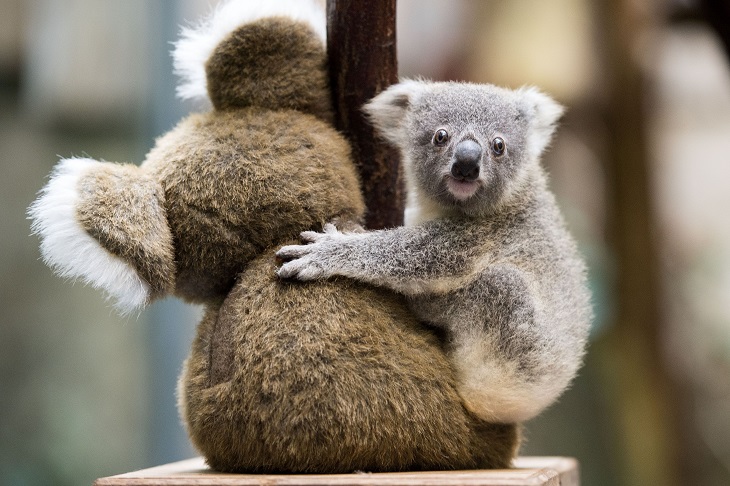
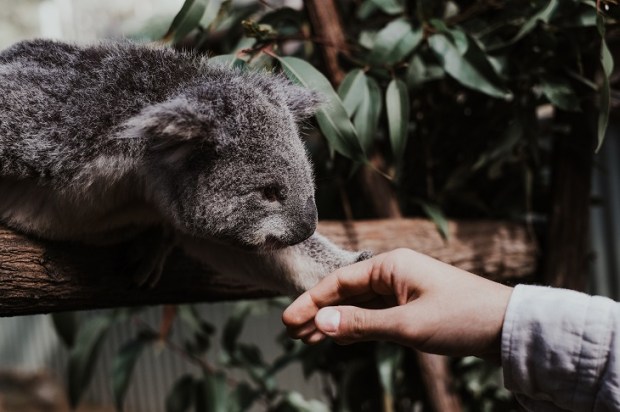
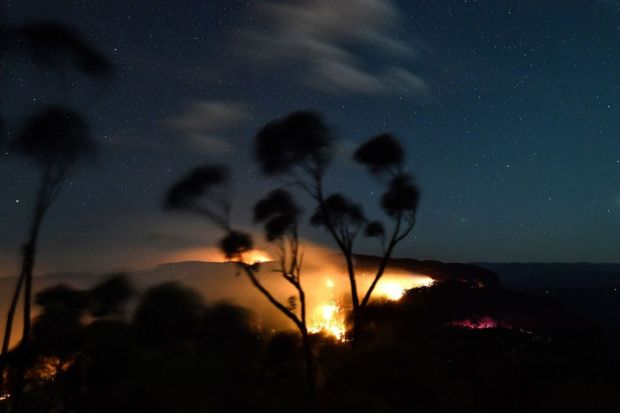
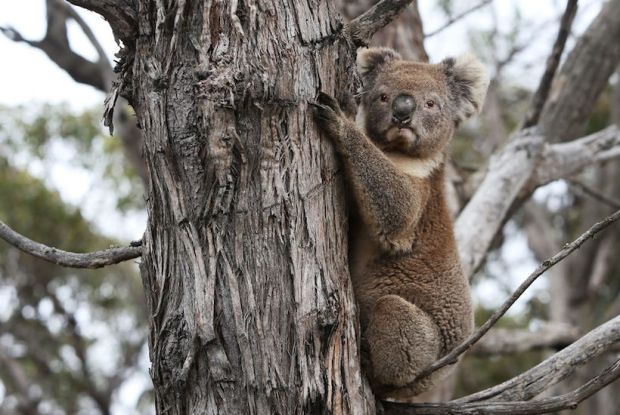
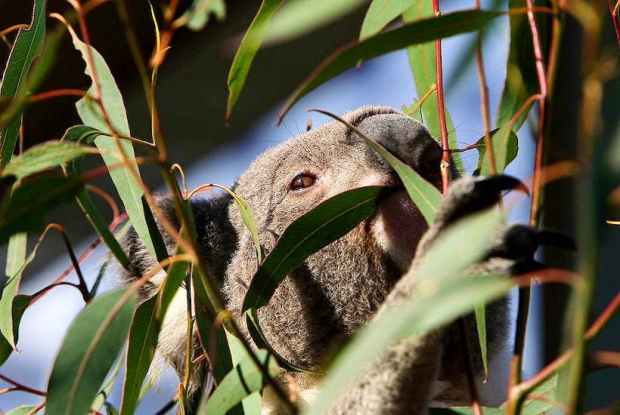

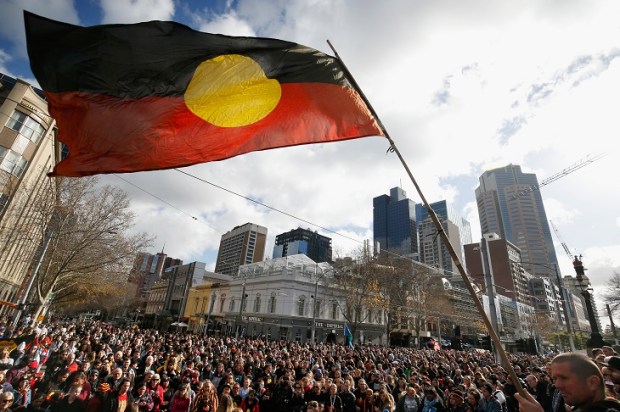






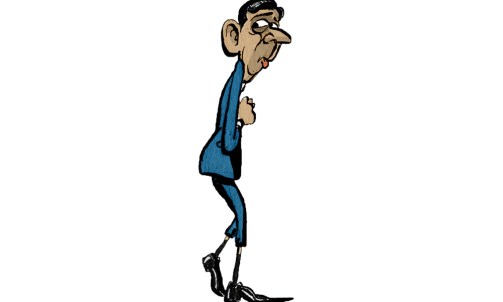
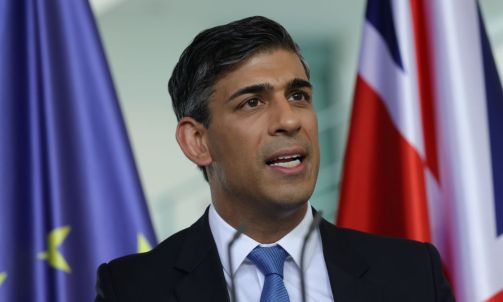
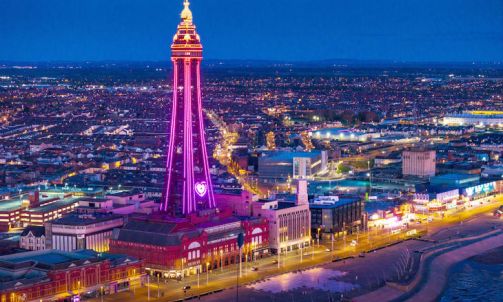
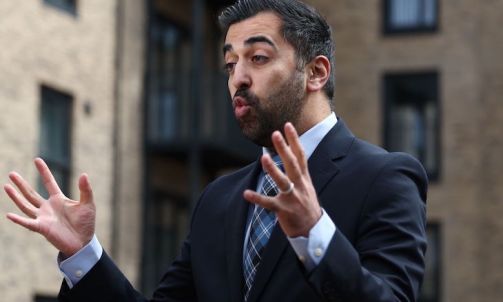
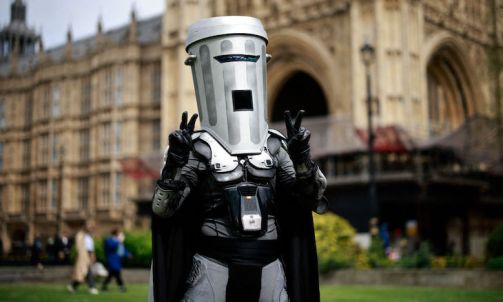
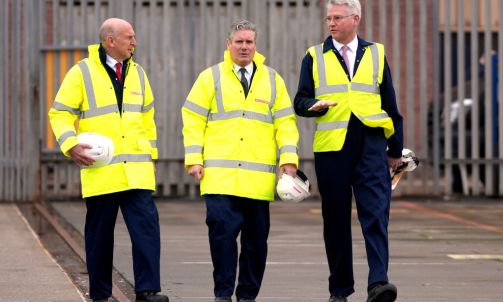






Comments
Don't miss out
Join the conversation with other Spectator Australia readers. Subscribe to leave a comment.
SUBSCRIBEAlready a subscriber? Log in